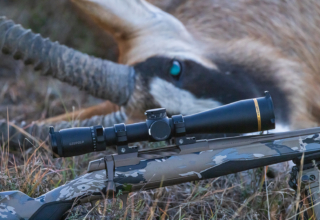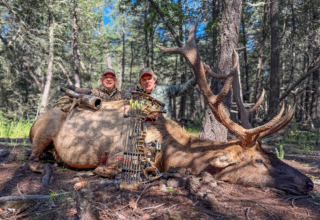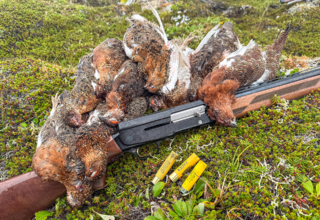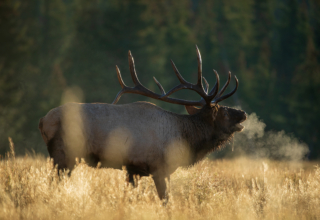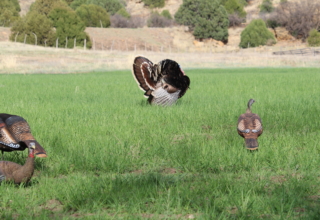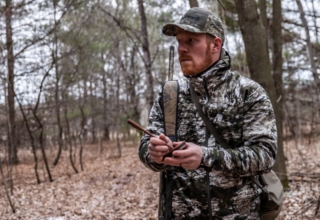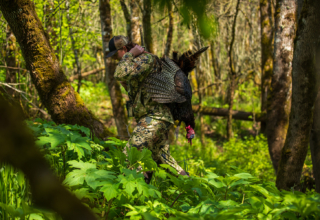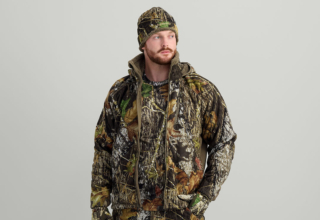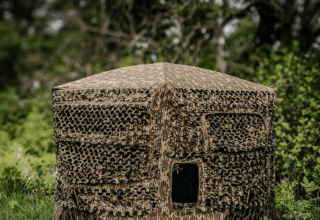Use hands-on and trail cameras—cellular and non-cellular—to score early in the turkey rut.
by Scott Haugen
The morning was cool in the forest. For the first time in three days it wasn’t raining. Slipping into a backpack, I was off, checking trail cameras. That’s when I heard a turkey gobble followed by another, then a third.
I hoofed it back to the truck, swapped the pack for camera gear, and headed toward the sounds. The gobbling ramped up, as did excited hen chatter. It sounded like mid-spring. It was February 21st.
I slithered into photo range of the preoccupied turkeys, sat against a fat Douglas fir tree, and watched. Sword ferns grew tall around me. They blocked some good photo opportunities but provided needed cover. I shot through holes when I could.
Toms, jakes, beardless toms, hens, and jennies scurried around the forest for over an hour. I sat, watched, and listened. The birds hadn’t a clue I was there. I lost count of the number of gobbles I heard.
Last year the same thing happened on the same ridge. The date was February 20th. In fact, for the past six years in a row, the third week of February has marked the start of the turkey rut near my home turf, as it has in many places I hunt.
Why Now?
I’m often asked what my favorite time of the season is to hunt spring turkeys. Though I’ve taken toms all season long, the opening week is my favorite window in many places throughout the West. The reasoning is simple: I have two months of scouting time, so I know where birds are, how many toms are in an area, and what the hens are doing.
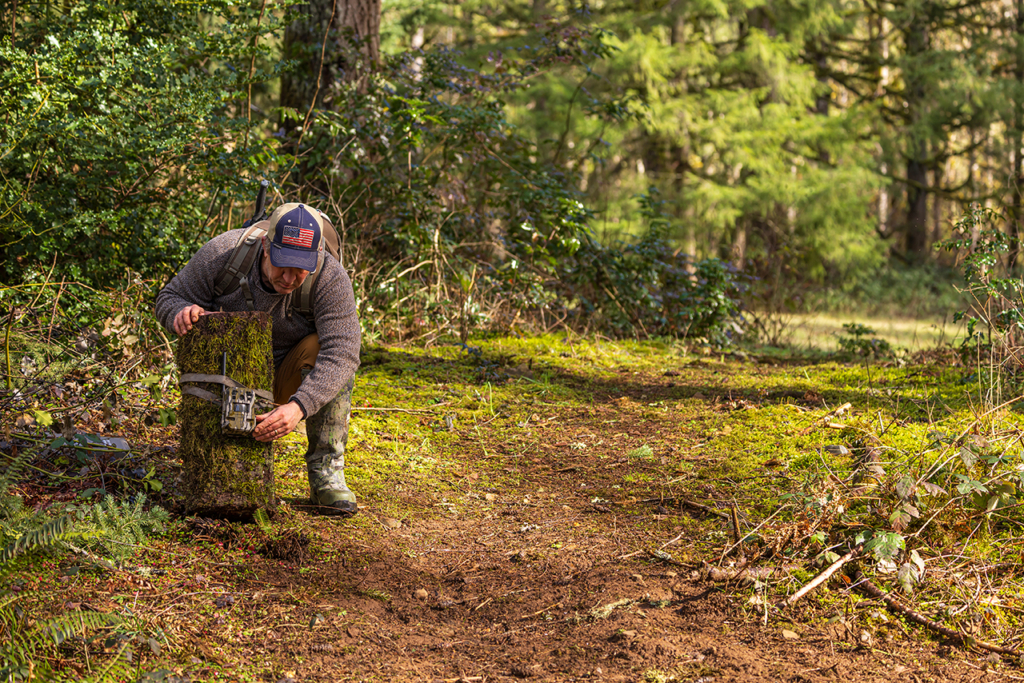
Preseason scouting for turkeys might sound like an overkill. It’s not. I’ve found more places to hunt spring turkeys by scouting in February and March than at any other time of the year. I’ve also been enlightened about the number of turkeys in many places I hunt; usually, there are more than I thought.
When birds are in their big winter flocks, not only is it easier to find them, but that’s when they’re easy to pattern. In the spring, there might be a dozen hens and a handful of toms on a property. In February and March, there might be 30 toms in a bachelor flock and 200 hens, jakes, and jennies in beardless flocks. Now is the time to find these big flocks before they break up.
The Search
Preseason turkey scouting takes two forms: being out there and using trail cameras. Physical scouting is where to start. Don’t just look for big flocks of turkeys; listen for them. Calm, clear days are best. This is when turkeys are most active and vocal and easier to hear from a distance.
The sunnier it is, the better for scouting. This is not because of the heat but because of the increased daylight that gets the testosterone flowing in a tom’s body. The progression of photoperiodism and bursts of sunlight is what gets toms fired up.
Look for both bachelor flocks and beardless flocks. Bachelor flocks usually have toms of the same age class. But sometimes, three-year-old toms join with four and five-year-old toms. However, they’re usually split up in March into similar age class groups. These isolated bachelor flocks are what you track now in preparation for hunting season.
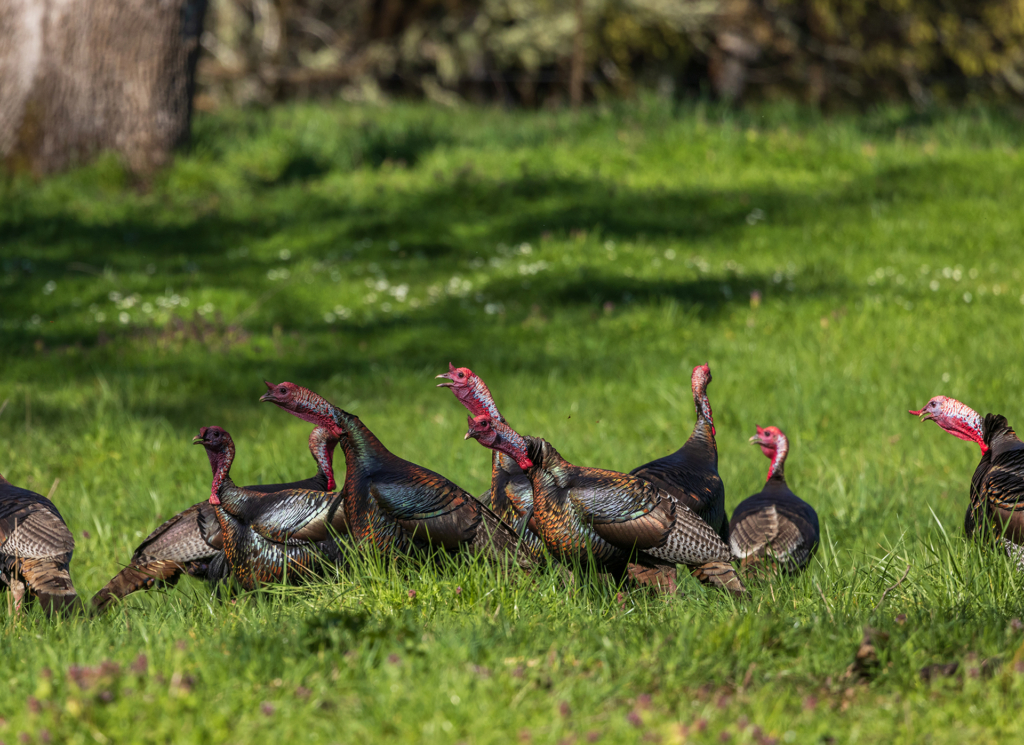
Jakes will also be in flocks of the same age class. Some early hatched jakes from the year prior will act tough, but once mature toms move in, the jakes usually leave. I like targeting jakes for youth hunters, but often, these young birds move around due to dominant, bigger birds. If you can keep track of jakes, they can provide fun, fast-paced hunting for those new to the turkey game.
Late hatched jakes from a year prior often hang out with hens and jennies. Some will split off, some will follow hens around through early spring. Once hens become solitary and begin nesting, these jakes are on their own. They can be gullible to the call, mainly if they’ve formed a band of buddies and think they’re tough.
Preseason scouting is largely about locating as many hens as possible. Wherever the hens are, toms will be, eventually. When you’ve located big hen flocks, set trail cameras.
Use Trail Cameras For Turkeys
The goal of trail cameras isn’t to keep capturing large flocks of hens but rather to learn where they go as the flock splits into smaller sub-flocks. Some hens will stay in an area; others will move off. It’s nothing for a hen to travel 15 miles to a nesting site. A hen usually nests in the same place year after year. Hens that travel far to nest often return their brood to their wintering grounds, starting in early summer. This is when high-protein insects are readily available.
The Trail Camera Spread
To keep track of beardless flocks with multiple trail cameras, start by patterning the birds. They’re still in their winter feeding routines, passing through the same places at roughly the same time each day, concentrating on the same food sources every day. As their range increases, the number and reach of trail cameras expand.
I recently found a beardless flock of over 60 birds. It’s the most I’ve seen on this narrow, heavily timbered ridge I’ve been hunting for over 20 years. They stick to the top of the ridge all winter, but in mid-March, they start dispersing. Three wooded draws drain to the north of the ridge and two to the south. I’ll set cameras on the upper end of each draw and in the creek bottoms to learn where hens are moving. Sometimes, toms follow them; sometimes, toms don’t catch up to them until later in March.
Once hens have settled into an area, set more trail cameras. Toms cover a lot of ground in search of hens, and they will find them, usually sooner rather than later.
In areas with cell coverage, I run Moultrie Mobile cellular trail cameras. I set them all in video mode because a video reveals sights and sounds that a still image misses. I can’t begin to count the number of times I’ve caught a single hen on film, only to hear multiple toms gobbling like crazy out of frame.
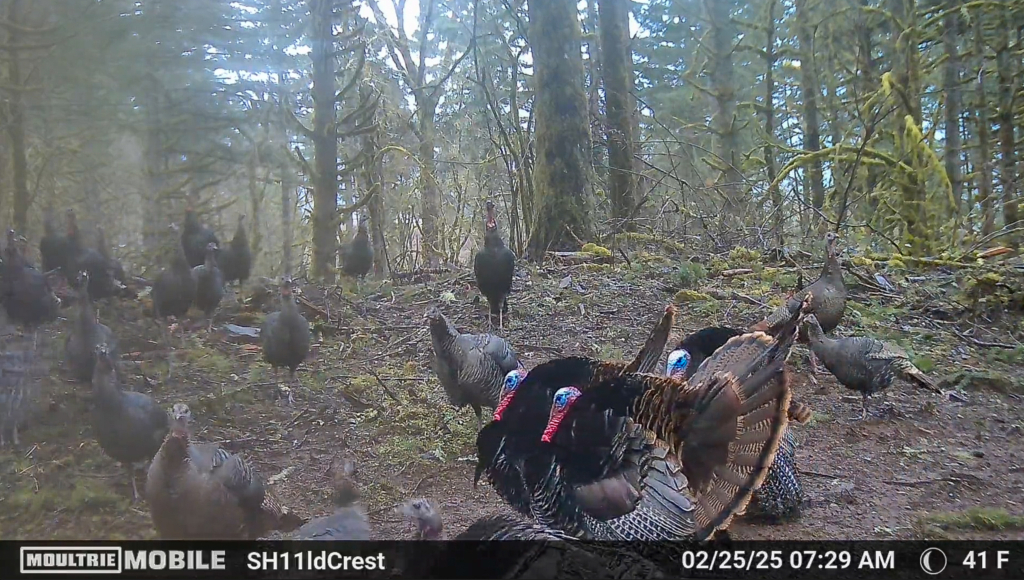
The Moultrie Mobile trail cameras are my scouts. Because mobile plans and high-volume downloads can quickly become costly, I rely on them to provide timely information. From there, I blanket the area with non-cellular trail cameras. I like running StealthCam DS4K trail cameras in high-definition video mode, and I set them to run for one to two minutes. Currently, I have over 60 trail cameras set out, targeting turkeys.
I check trail camera cards twice weekly, more as the season nears. I watch every video clip to see and hear what’s captured. Oftentimes, I’ll catch the same toms while working in an area. New toms pass through a lot. Such information reveals the number of toms working an area and their ages. Many of the toms I catch on camera in late February are the ones I’m hunting on the April 15th season opener. Sometimes, a new tom appears a day or two before the season. New toms regularly come and go all season long.

I prefer to check trail cameras on calm, clear mornings, once the sun hits the ground. This is when I hear turkeys, learn where they’re moving, and expand my trail camera reach. Last year, on March 8th, I heard toms gobbling on a big timbered hillside. I hiked to them, camera ready, and watched multiple toms strut, fight, and breed hens. This behavior continued for nearly three hours.
This year marks my 39th season of turkey hunting. Years ago, all scouting was on foot. What trail cameras have taught me has boosted my success rates and hunting efficiency and enlightened me on turkey behavior and populations.
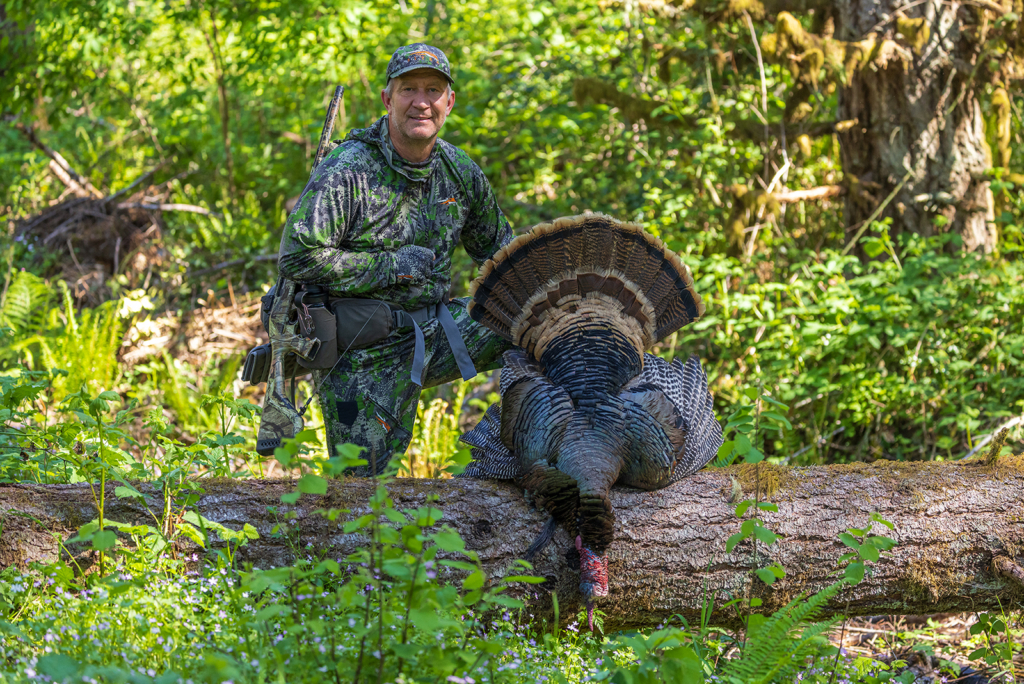
In most areas I hunt, the actual breeding is completed by the season opener. While the hens may not yet be sitting on their nest, they have been bred. This, and all the other information that’s been amassed in the eight weeks leading up to the season, dictates when, where, and even how I hunt all season long.



